THINKING IN THE RAIN: The New Yorker on inventing. Thank you, Madeline.
THINKING IN THE RAIN
THINKING IN THE RAIN: The New Yorker on inventing. Thank you, Madeline.
THINKING IN THE RAIN: The New Yorker on inventing. Thank you, Madeline.
THINKING IN THE RAIN: The New Yorker on inventing. Thank you, Madeline.
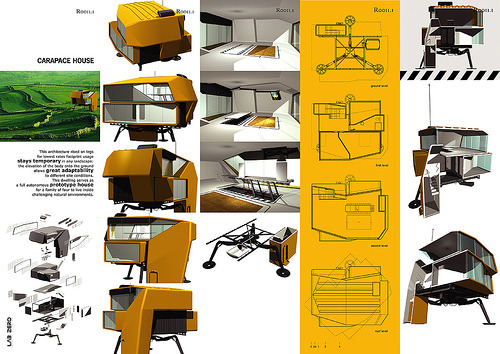


gumstix.com – way small computing
Processor: Marvell® PXA270 with XScale™
Speed: 400MHz
Memory: 64MB RAM / 16MB Flash
Features:
Bluetooth communications ( includes u.fl antenna @ 2.4 GHz ),
USB host signals,
CCD camera signals
Connections:
60-pin Hirose I/O connector,
120-pin MOLEX connector,
24-pin flex ribbon
Size: 80mm x 20mm

gumstix.com – way small computing
Processor: Marvell® PXA270 with XScale™
Speed: 400MHz
Memory: 64MB RAM / 16MB Flash
Features:
Bluetooth communications ( includes u.fl antenna @ 2.4 GHz ),
USB host signals,
CCD camera signals
Connections:
60-pin Hirose I/O connector,
120-pin MOLEX connector,
24-pin flex ribbon
Size: 80mm x 20mm
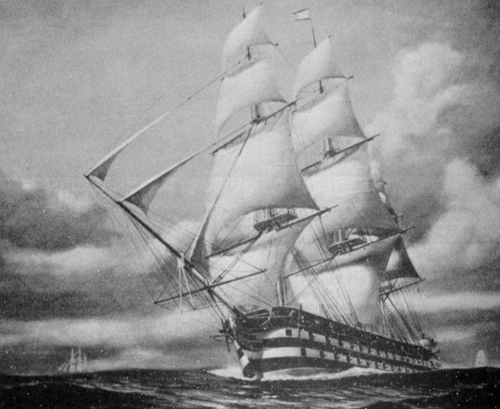
American ships of the line (USS North Carolina, above)

American ships of the line (USS North Carolina, above)
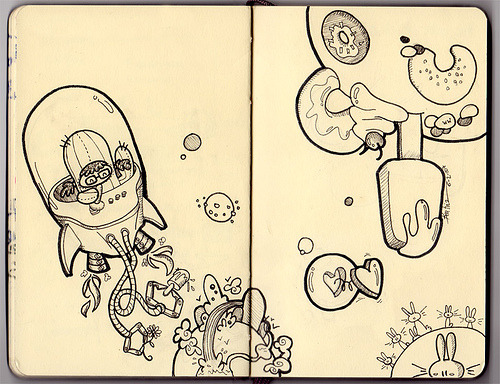
( @_@ ) (via mr_cactus)
I find myself fascniated with the idea of lots of tiny planets to explore. I thought I’d invented the idea myself (Antoine de Saint-Exupéry excepted), but learned to my bitter disappointment that Super Mario Galaxy does exactly that.

( @_@ ) (via mr_cactus)
I find myself fascniated with the idea of lots of tiny planets to explore. I thought I’d invented the idea myself (Antoine de Saint-Exupéry excepted), but learned to my bitter disappointment that Super Mario Galaxy does exactly that.
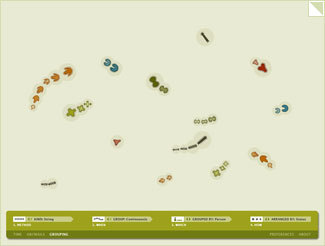
ANYMAILS by Carolin Horn & Florian Jenett from DMI Boston, 2007. Done in Processing.

ANYMAILS by Carolin Horn & Florian Jenett from DMI Boston, 2007. Done in Processing.
Idea for a Kogbox snippet: “Colors I’ve Used” – a timeline of colors used in design work. You could extend it to fonts too. Basically input all the URLs of work you’ve done, upload all the images, and it extracts major colors. You can assign them dates.
Then do color analytics… how have your color choices changed over time? Spectral graphs… by RGB, saturation, color spread (what diversity of colors you’ve used), percent change based on hexidecimal values…
Idea for a Kogbox snippet: “Colors I’ve Used” – a timeline of colors used in design work. You could extend it to fonts too. Basically input all the URLs of work you’ve done, upload all the images, and it extracts major colors. You can assign them dates.
Then do color analytics… how have your color choices changed over time? Spectral graphs… by RGB, saturation, color spread (what diversity of colors you’ve used), percent change based on hexidecimal values…
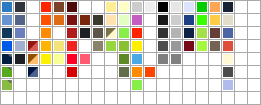
My current swatch of colors.

My current swatch of colors.
“
Loci as architecture and the “Memory Palace”
In ancient advice, loci were physical locations, usually in a familiar large public building, such as a market or a church. To utilize this method, one walked through the building several times, viewing distinct places within it, in the same order each time. After a few repetitions of this, one should be able to remember and visualize each of the places in order reliably. To memorize a speech, one breaks it up into pieces, each of which is symbolized by vividly imagined objects or symbols. In the mind’s eye, one then places each of these images into different loci. They can then be recalled in order by imagining that one is walking through the building again, visiting each of the loci in order, and viewing each of the images that were placed in the loci, thereby recalling each piece of memory or speech in order.
”
“
Loci as architecture and the “Memory Palace”
In ancient advice, loci were physical locations, usually in a familiar large public building, such as a market or a church. To utilize this method, one walked through the building several times, viewing distinct places within it, in the same order each time. After a few repetitions of this, one should be able to remember and visualize each of the places in order reliably. To memorize a speech, one breaks it up into pieces, each of which is symbolized by vividly imagined objects or symbols. In the mind’s eye, one then places each of these images into different loci. They can then be recalled in order by imagining that one is walking through the building again, visiting each of the loci in order, and viewing each of the images that were placed in the loci, thereby recalling each piece of memory or speech in order.
”
I really want to make a boat big enough for me to sail around on this stuff.
I really want to make a boat big enough for me to sail around on this stuff.